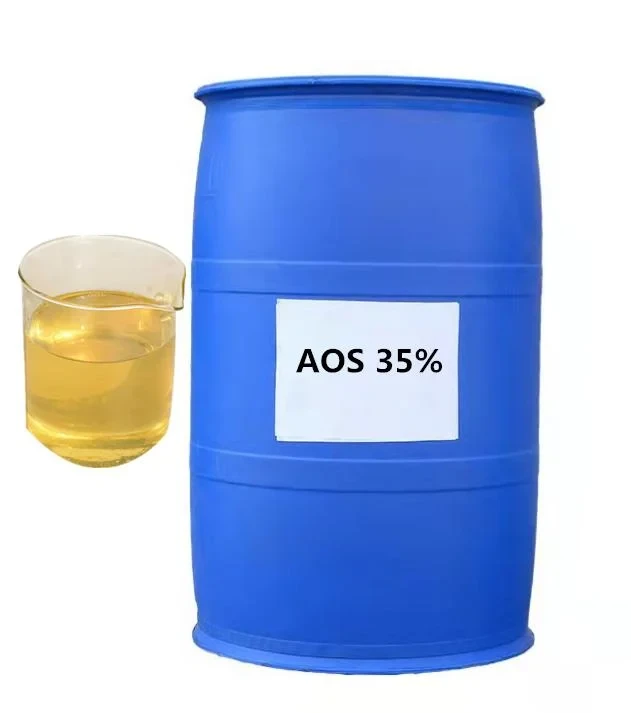



manufacture of sodium hydroxide
The Manufacture of Sodium Hydroxide
Sodium hydroxide (NaOH), also known as caustic soda or lye, is a highly versatile and widely used chemical in various industries. This strong alkali is a key ingredient in the manufacture of soaps, detergents, paper, textiles, and a multitude of chemical processes. The production of sodium hydroxide is vital for both industrial applications and everyday products, and understanding its manufacture involves exploring different methods, raw materials, and technological advancements.
Key Methods of Production
There are several methods for producing sodium hydroxide, with the most common being the chlor-alkali process. This process not only produces sodium hydroxide but also generates chlorine gas (Cl₂) and hydrogen gas (H₂) as byproducts. The chlor-alkali process uses electrolysis to split sodium chloride (NaCl) solution, commonly known as brine, into its constituent components.
1. Chlor-Alkali Process In the chlor-alkali process, brine is subjected to electrolysis in a specialized cell. The electrolysis occurs in either a diaphragm cell or a membrane cell. During the process, sodium ions migrate to the cathode, where they react with water to form sodium hydroxide and hydrogen gas. At the anode, chloride ions are oxidized to chlorine gas. The overall reaction can be summarized as \[ 2NaCl + 2H_2O \rightarrow 2NaOH + Cl_2 + H_2 \]
This method is widely used due to its efficiency and the fact that it produces two valuable products from a single reactant.
2. Other Methods In addition to the chlor-alkali process, sodium hydroxide can also be produced through the reaction of sodium carbonate (Na2CO3) with calcium hydroxide (Ca(OH)2), although this method is less common due to lower efficiency and the waste generated. Another less widespread method involves the reaction of sodium bicarbonate (NaHCO3) with calcium oxide (CaO).
Raw Materials
manufacture of sodium hydroxide

The primary raw material for the chlor-alkali process is sodium chloride, which is abundantly available in seawater and salt mines. Water is also crucial as it serves as a medium for the electrolysis process. The purity of these raw materials is paramount, as impurities can affect the efficiency of the electrolysis and the purity of the final product.
Environmental Considerations
The manufacture of sodium hydroxide, particularly through the chlor-alkali process, has raised environmental concerns. The release of chlorine gas and the handling of highly corrosive sodium hydroxide necessitate stringent safety protocols. Additionally, the disposal of brine and the management of byproducts must be conducted responsibly to minimize their impact on the environment. Recent advancements in technology aim to reduce these environmental footprints, such as the development of energy-efficient electrolyzers and improved waste management techniques.
Applications of Sodium Hydroxide
Sodium hydroxide is employed in a multitude of applications. In the chemical industry, it is used for the neutralization of acids and the manufacture of various chemicals, including sodium phosphate and sodium hypochlorite. In the food industry, it is used for food processing, such as peeling fruits and vegetables. In textiles, NaOH is a key ingredient in the dyeing and finishing processes.
Furthermore, sodium hydroxide is crucial in the production of biodiesel, where it acts as a catalyst in the transesterification process, converting fats and oils into fatty acid methyl esters (biodiesel). Its role in wastewater treatment is also significant, as it helps to neutralize acidic components and enables the safe disposal of effluents.
Conclusion
The manufacture of sodium hydroxide is a critical process that supports a vast array of industries and applications. From its production methods to its environmental implications, understanding the complexities involved in the manufacture of NaOH is essential for those in the chemical industry and related fields. As technologies evolve, the focus on sustainability and efficiency will continue to shape the future of sodium hydroxide production, ensuring that it remains an indispensable component of modern chemistry.
-
Why Sodium Persulfate Is Everywhere NowNewsJul.07,2025
-
Why Polyacrylamide Is in High DemandNewsJul.07,2025
-
Understanding Paint Chemicals and Their ApplicationsNewsJul.07,2025
-
Smart Use Of Mining ChemicalsNewsJul.07,2025
-
Practical Uses of Potassium MonopersulfateNewsJul.07,2025
-
Agrochemicals In Real FarmingNewsJul.07,2025
-
Sodium Chlorite Hot UsesNewsJul.01,2025










